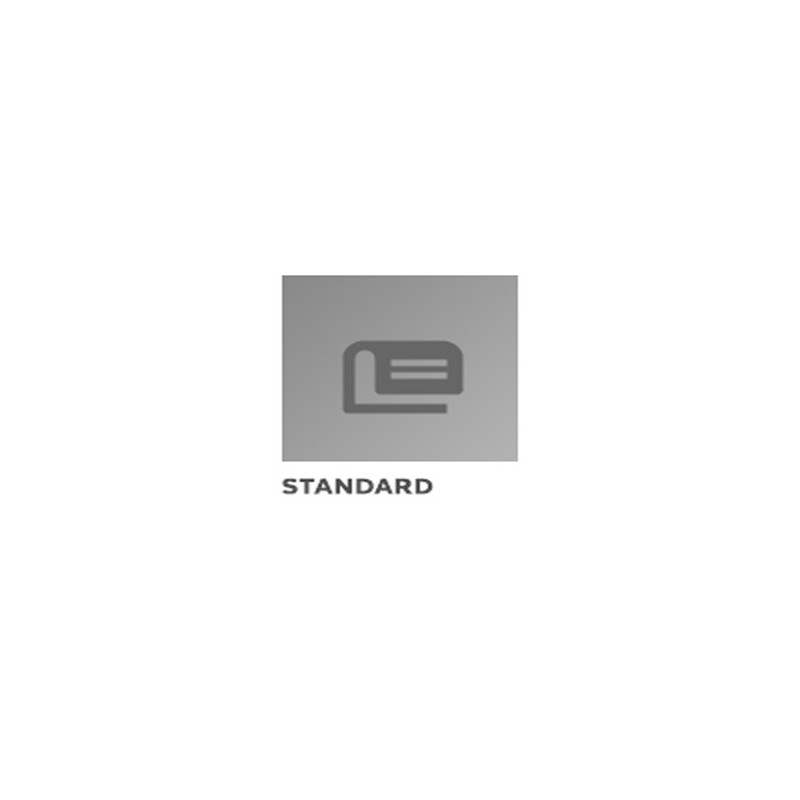Description / Abstract:
This SAE Aerospace Standard (AS) establishes minimum performance standards for new equipment anticollision light systems.
This Aerospace Standard defines minimum light intensity in terms of "effective intensity" as defined in paragraph 3.5 of this standard and specified vertical and horizontal directions about the longitudinal and vertical axis of the airplane. It will also define flash rate and color for the anticollision light system. It is not intended that this standard require the use of any particular light source such as Xenon, LED or any other specific design of lamp.
The anticollision light system will consist of all components necessary to produce the required intensity distribution, flash rate, etc. about the airplane. It may consist of one or more lighting units mounted in various places on the airplane such as top and bottom fuselage, vertical fin, tail cone, wing tips, or other location. Timing devices or power supplies necessary for proper operation of the anticollision light system will also be considered as part of the system.
The anticollision light system will meet the minimum performance standards for one of the following classes:
It is necessary to establish these classes in order to define performance standards for lights as required by FARs.
Amendment 27-10 of FAR 27 and 29-11 of FAR 29 established minimum intensity requirements for Rotorcraft as listed for Class I lights. Generally, all rotorcraft certificated prior to these amendments must meet requirements of Class III lights.
Anticollision lights for fixed wing aircraft must meet requirements for Class III lights if certificated prior to August 11, 1971 and the requirements for Class II lights if certificated after that date.


